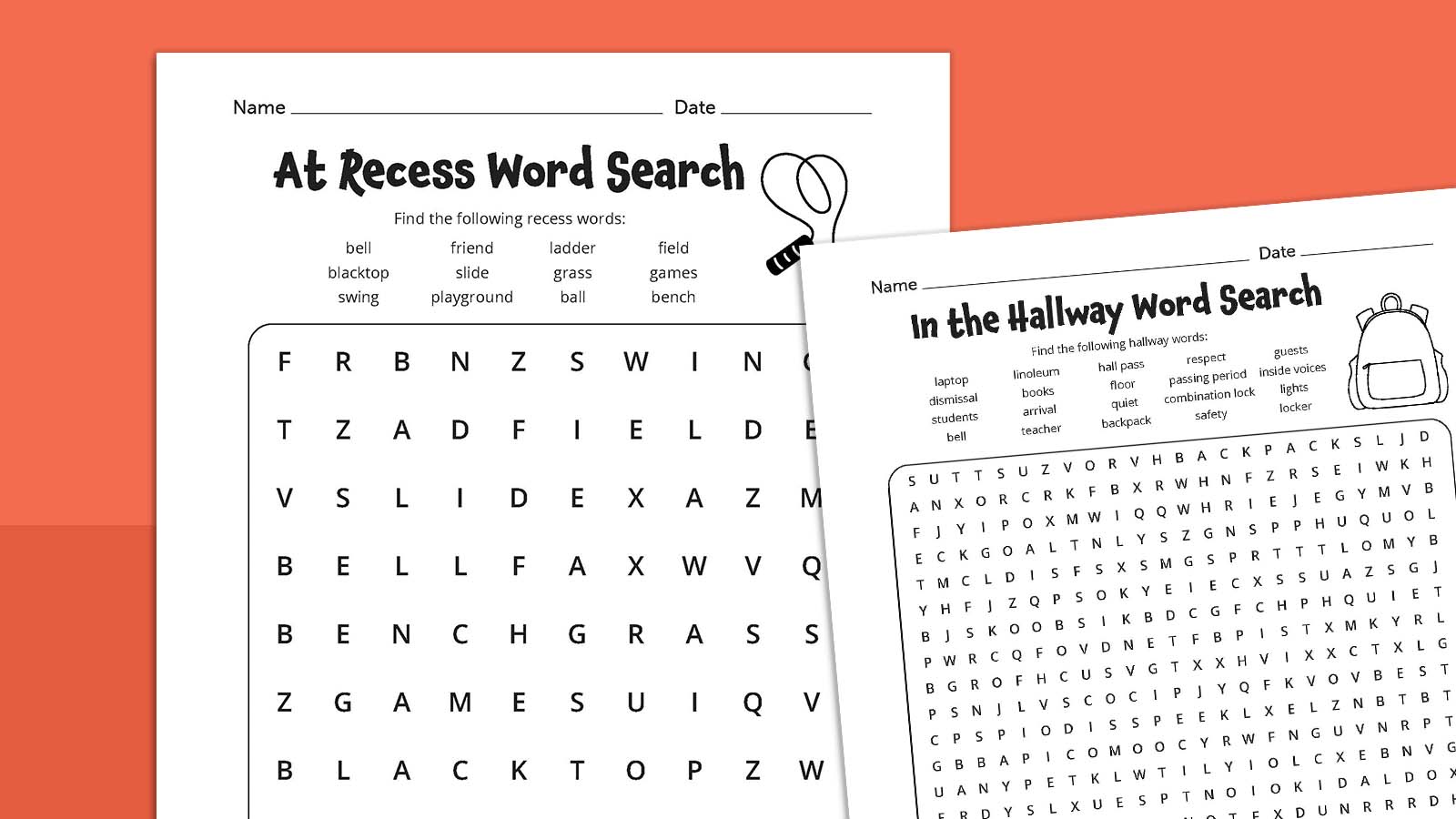In the world of education, finding innovative and engaging methods to enhance learning experiences is a constant challenge. Word search puzzles have emerged as a surprisingly effective tool in classrooms, offering a fun and interactive way to reinforce vocabulary, spelling, and critical thinking skills. This article delves into the multifaceted benefits of using word search puzzles as a teaching tool, exploring their impact on student engagement, cognitive development, and overall learning outcomes.
Enhancing Vocabulary and Spelling
Word search puzzles are an excellent resource for expanding students’ vocabulary and improving their spelling abilities. By scanning for specific words, students repeatedly encounter and recognize new terms, reinforcing their memory. This repetitive exposure is particularly beneficial for language learners who need to familiarize themselves with new vocabulary in context. Additionally, the process of searching for words helps solidify spelling patterns, making it easier for students to recall and use these words correctly in their writing and speaking.
Boosting Cognitive Skills
The cognitive benefits of word search puzzles extend beyond language acquisition. These puzzles require students to employ various mental strategies, such as pattern recognition, problem-solving, and spatial awareness. As they search for words horizontally, vertically, and diagonally, students develop their ability to think critically and strategically. This type of mental exercise enhances cognitive flexibility, which is essential for tasks that involve complex thought processes and decision-making. Moreover, the satisfaction of successfully completing a puzzle can boost students’ confidence and motivation to tackle more challenging activities.
Promoting Focus and Attention to Detail
In an age where distractions are ubiquitous, helping students develop focus and attention to detail is more important than ever. Word search puzzles require a high level of concentration, as students must carefully scan the grid to identify hidden words. This activity trains them to maintain focus over extended periods, a skill that is transferable to other academic tasks. The need for meticulous attention also encourages students to be thorough and precise, qualities that are valuable in all areas of learning. By regularly incorporating word search puzzles into the curriculum, teachers can help students cultivate these essential skills.
Encouraging Collaborative Learning
While word search puzzles can be completed individually, they are also highly effective as collaborative activities. When students work together to solve a puzzle, they engage in communication, teamwork, and shared problem-solving. This collaborative approach fosters a sense of community and cooperation in the classroom, allowing students to learn from one another and build social skills. Group puzzles can also be used as icebreakers or warm-up exercises, creating a positive and interactive learning environment. Teachers can enhance this experience by selecting themes that align with current lessons, making the activity both educational and enjoyable.
Integrating Technology and Customization
With advancements in educational technology, word search puzzles have evolved beyond paper and pencil. Digital word search puzzles are now available, offering interactive features that can further enhance the learning experience. Online platforms allow teachers to customize puzzles to suit their specific educational goals, incorporating vocabulary from recent lessons or upcoming tests. This customization ensures that the puzzles are relevant and challenging for students, maximizing their educational value. Additionally, digital puzzles can provide instant feedback, allowing students to track their progress and identify areas for improvement.
Adapting to Diverse Learning Styles
One of the remarkable strengths of word search puzzles is their adaptability to diverse learning styles. Visual learners, for instance, benefit greatly from the grid format, which helps them see patterns and connections. Kinesthetic learners, who learn best through physical activity, enjoy the hands-on aspect of solving puzzles. Even auditory learners can be engaged by incorporating discussions or reading words aloud as they find them. This flexibility allows word search puzzles to meet the needs of a wide range of students, making them an inclusive teaching tool that can accommodate different preferences and strengths within the classroom.
Practical Implementation Tips
For educators looking to incorporate word search puzzles into their teaching repertoire, there are several practical tips to maximize their effectiveness. First, consider the difficulty level of the puzzles to ensure they are appropriately challenging for the students’ age and skill level. It’s also beneficial to integrate puzzles that align with the current curriculum topics, reinforcing key concepts and vocabulary. Using themed puzzles related to holidays, historical events, or scientific topics can make the activity more engaging and relevant. Additionally, incorporating time limits or turning the puzzle-solving into a friendly competition can add an element of excitement and motivation. By thoughtfully implementing word search puzzles, teachers can create a dynamic and interactive learning environment that enhances student engagement and success.
Utilizing Word Search Puzzles
Word search puzzles are more than just a fun pastime; they are a versatile and effective teaching tool that can significantly enhance the learning experience. From improving vocabulary and spelling to boosting cognitive skills and promoting collaborative learning, the benefits of these puzzles are manifold. By integrating word search puzzles into the curriculum, educators can create an engaging and stimulating environment that fosters both academic and personal growth. As technology continues to evolve, the potential for even more innovative applications of word search puzzles in education is boundless.
Keep an eye for more news & updates on Gossips!




